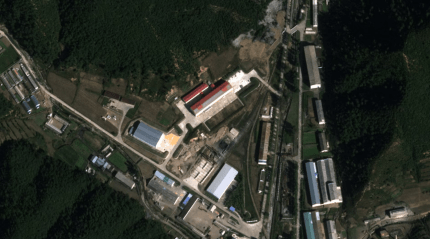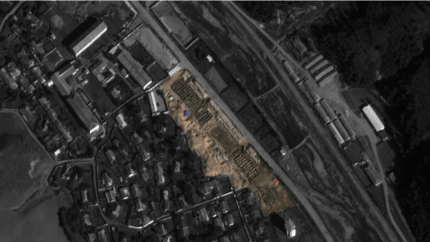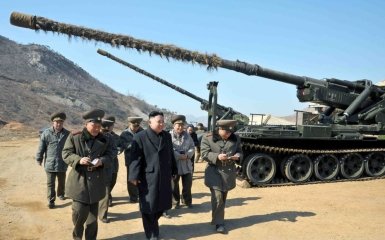North Korea is actively expanding the production capacity of a key plant where short-range missiles are assembled, which are transferred to Russia.
Points of attention
- North Korea is expanding the production of ballistic missiles for transfer to Russia, which could affect the security of Europe and Ukraine.
- The February 11 plant in the city of Hamkhin manufactures Hwasong-11 class missiles, which allow Russia to compensate for the lack of production capacity.
- The new workshop at the plant indicates attempts to significantly increase the productivity of missile production, including the KhN-23.
- Experts note that the use of North Korean missiles may cause concern among the international community, especially in the context of the war against Ukraine.
- The GUR data reveal details about the ballistics of the Russian Federation and its connection with the Kedr missile complex, which was tested in various regions of the Russian Federation.
What is known about one of the largest factories in the DPRK
The plant, known as February 11, is part of the Ranson machine-building complex in the city of Hamkhin, the second largest in North Korea.
This facility is the only known enterprise that manufactures Hwasong-11 class solid rockets.
According to satellite images taken by the Planet Labs company, in October, a new workshop and residential complexes for employees are being built on the territory of the plant. In addition, the modernization of the entrances to the underground premises is noticeable: the old bridge crane, which prevented access to the tunnels, was removed.

These actions indicate attempts to significantly increase the productivity of the plant. The new workshop, although smaller than the previous one, is designed to assemble missiles and manufacture their components, such as tail sections and nose fairings. In particular, analysts assume that KN-23 missiles capable of bypassing air defense systems due to their "slanted" flight path can be manufactured here.

Experts emphasize that such missiles, although used in limited quantities, can be useful for Russia in the war against Ukraine, allowing it to compensate for the deficit of its own production capacity.
Construction at the plant, according to SI Analytics, is progressing at a rapid pace, which indicates preparations for an active increase in production. It is also noted that the new structures can hide the plant's activities from satellite surveillance.
Although North Korean missiles account for only a small proportion of Russia's strikes against Ukraine, their use has raised concerns among the international community, particularly in Seoul and Washington. This demonstrates the end of nearly twenty years of UN Security Council consensus on curbing Pyongyang's missile programs, the publication notes.
GUR revealed details about the ballistics of the Russian Federation after the attack on the Dnipro
According to Ukrainian intelligence, the flight time of this Russian missile from the moment of launch in the Astrakhan region to the impact in the city of Dnipro was 15 minutes.
In addition, it is emphasized that six combat units were installed on the missile: each one is equipped with six sub-munitions. The speed on the final part of the trajectory is more than Mach 11.
The GUR draws attention to the fact that several enterprises of the enemy military industry are involved in the development of the Kedr mobile missile complex:
JSC "Corporation "Moscow Institute of Heat Engineering" (Moscow);
JSC "Federal Scientific and Production Center "Titan-Barricady" (Volgograd);
JSC "Main Special Design Bureau "Prozhektor" (Moscow);
JSC "Concern "Sozvezdie" (Voronezh);
JSC "Scientific Production Enterprise "Spetsenergomechanika" (Moscow); "Continent" Scientific Research Center of Special Equipment and Conversion LLC (Moscow).
According to the GUR data, tests of the "Kedr" missile complex took place at the "4th State Central Interspecies Range of the Russian Federation" (Kapustin Yar, Astrakhan Oblast) in October 2023 and June 2024.




